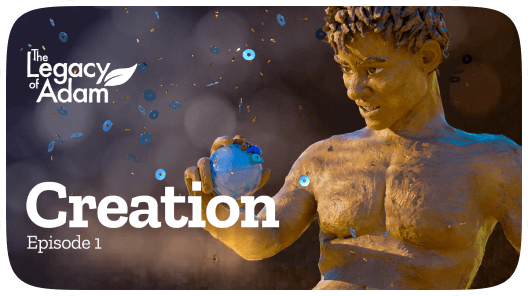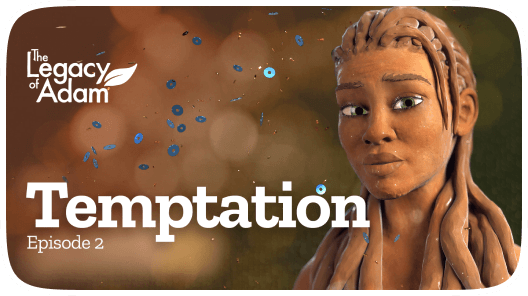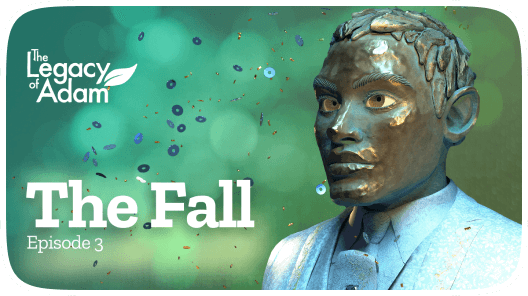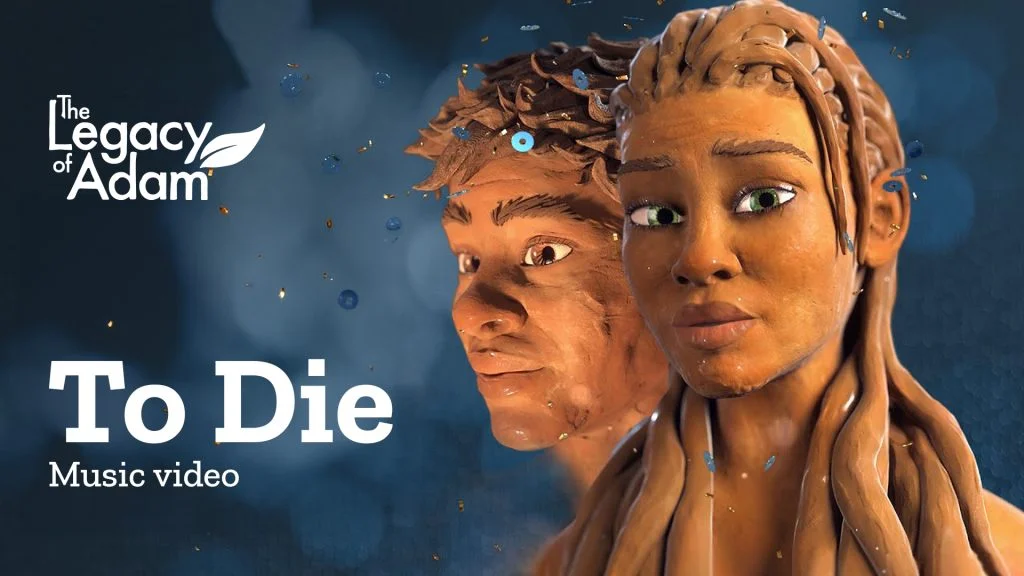Bring Legacy of Adam
to
Life with Henna
Experience the beauty of our henna art – each design tells a story. Try it on your own hand, share your photo, and tag us on social media! Henna herbs are usually available from your local grocery.

1.Flowing Water In the beginning, the universe was formless and empty. God brought order out of chaos, creating the heavens and the earth by His word. Everything that exists flows from His power, much like life-giving water.This is a symbol of God’s creative act, where He speaks, and life springs forth from what was once only void.
Then draw a cross piercing through the sin, representing the promised King—Jesus—who gave His life to break humanity’s separation from God. In the script’s final chapters, He willingly went to the crucifixion, carrying the weight of Adam’s legacy yet offering Himself as the ultimate sacrifice for sin. This simple shape now stands for both sorrow and victory.
3. Broken Chains
Next, add stray flowers, breaking the cage of sin, indicating how Jesus’ death and resurrection set us free from sin. After His crucifixion, the disciples discovered the empty tomb, and in meeting the risen Christ, they realized His sacrifice shattered the grip sin once had. The broken cage become a powerful sign of our liberated destiny.
Depict the snake, symbol of the ancient enemy, bound and engulfed in flames beneath the cross. This captures the moment Jesus crushed the serpent’s head, as promised in Eden. Though Satan bruised Christ’s heel at the crucifix-ion, the resurrection proved the enemy’s defeat was complete and irreversible.
Finally, draw two large flowers—Adam and Eve—blooming once more in restored fellowship with God. Their story began in Eden’s brokenness but ends in redemption, thanks to the King’s sacrifice. These blossoms echo the original design of humanity, now made whole again by Christ’s Legacy for every generation to inherit.

1.Flowing Water
In the beginning, the universe was formless and empty. God brought order out of chaos, creating the heavens and the earth by His word. Everything that exists flows from His power, much like life-giving water.This is a symbol of God’s creative act, where He speaks, and life springs forth from what was once only void.
Then draw a cross piercing through the sin, representing the promised King—Jesus—who gave His life to break humanity’s separation from God. In the script’s final chapters, He willingly went to the crucifixion, carrying the weight of Adam’s legacy yet offering Himself as the ultimate sacrifice for sin. This simple shape now stands for both sorrow and victory.
3. Broken Chains
Next, add stray flowers, breaking the cage of sin, indicating how Jesus’ death and resurrection set us free from sin. After His crucifixion, the disciples discovered the empty tomb, and in meeting the risen Christ, they realized His sacrifice shattered the grip sin once had. The broken cage become a powerful sign of our liberated destiny.
Depict the snake, symbol of the ancient enemy, bound and engulfed in flames beneath the cross. This captures the moment Jesus crushed the serpent’s head, as promised in Eden. Though Satan bruised Christ’s heel at the crucifix-ion, the resurrection proved the enemy’s defeat was complete and irreversible.
Finally, draw two large flowers—Adam and Eve—blooming once more in restored fellowship with God. Their story began in Eden’s brokenness but ends in redemption, thanks to the King’s sacrifice. These blossoms echo the original design of humanity, now made whole again by Christ’s Legacy for every generation to inherit.
What is Henna?
Henna art in African culture is a beautiful tradition where people use a natural dye to create temporary designs on their skin, especially hands and feet. These designs aren’t just pretty patterns; they often have special meanings, like bringing good luck or protection. The art style changes from region to region, with North Africa using detailed geometric patterns, West Africa using unique line techniques, and the Horn of Africa favouring flowing, floral designs. Henna is very important during celebrations like weddings, where brides get elaborate designs. It’s a way to show cultural identity and pass down traditions through generations, making it a significant part of African heritage.
Henna Gallery








